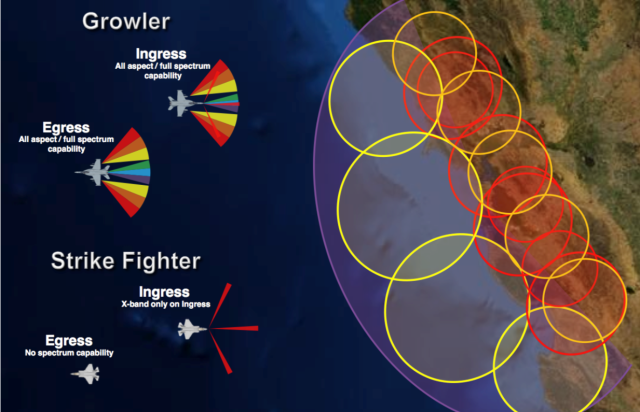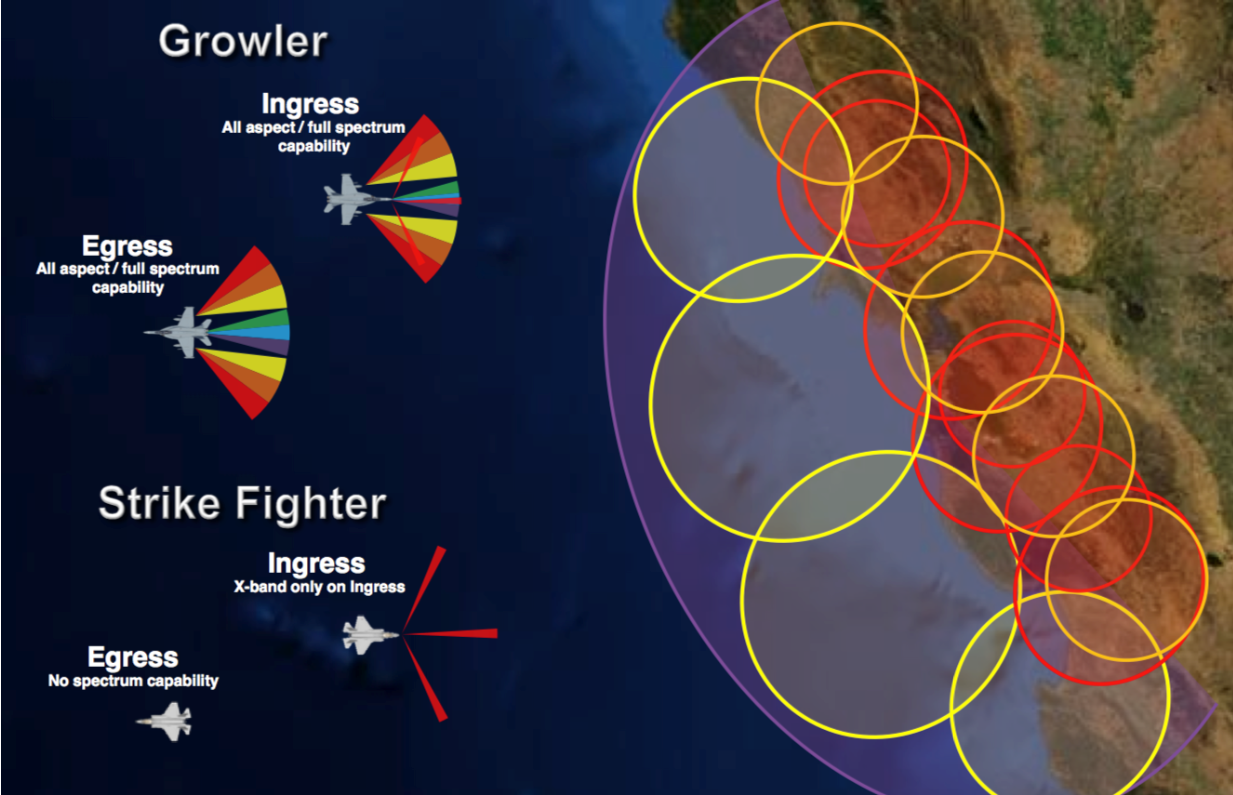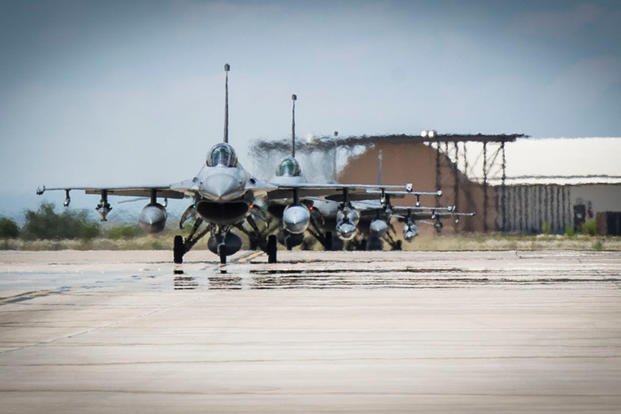The Further Adventures of the F-35 (and the Super Hornet)
The HX competition continues to provide surprises in the post-BAFO era, and this week’s media event courtesy of the US Embassy was no exception. After a short introduction by the embassy that described the strong partnership that exists between Finland and the US (and which included a note about Finnish exports and know-how finding its way into key US programs, such as the
Polar Security Cutter), it was on to the two US fighter manufacturers to discuss their bids. And while they might be taking part in the same media event, the tone certainly tells of the battle heating up. Boeing discarded outright the theory of ordinary fighters working as EW-platforms, noting that an AESA radar will only provide X-band jamming, and only during ingress, leaving you unprotected when exiting the target area, while Lockheed Martin explained how the F-35A doesn’t require support from electronic warfare platforms or ISR assets “as opposed to 4th generation fighters”.
Illustration of the difference between having a dedicated EW-aircraft compared to an unnamed strike fighter (no points for guessing which, though) using its AESA-radar as a giant jammer. The colour coding symbolise different bands, with the underwing pods of the Growler jamming the S-, C-, and X-bands while the centre-line pod handles the VHF, UHF, and L-band part of the spectrum. Picture courtesy of Boeing.
Much of the presentation from Boeing should be well-known talking points to readers of the blog, but in short Boeing still sees international opportunities for up to 400 Super Hornets on the international market. This includes everything from Germany, which already has down-selected the aircraft, to less likely cases such as India.The German contract is the most important one from a Finnish point of view and
would likely be a minor facor in HX as it would mean another serious European operator, though my expectation is that the deal won’t be inked until the new government is formed and have gotten up to speed (read: 2022, which also seems to be roughly the timeline Boeing is expecting). Some have questioned the future of the programme as a whole with the rise of
Die Grünen, but so far the programme is continuing apace and Germany has indeed already invested money in the preparatory studies, which would imply that the MoD is expecting it to survive a change of government. Notable also that while the Greens aren’t particularly keen on nuclear weapons, part of the allure of the Super Hornet in the strike role comes from the synergies of the Growler which is part of the non-controversial luWES Tornado ECR-replacement program. Of the near-future decisions, the
Swiss and Canadian decision are expected within June and before the end of the summer respectively. Switzerland and Canada are less likely to end in work for St Louis, but you never know [emphasis added]...
Is there a heavy cruise missile at all in Lockheed Martin’s best and final offer?
The JSM is a very nice weapon, and it marries extremely well with the F-35. However, the
550+ km range is a far cry from the
1,850+ km range of the AGM-158B-2 JASSM-ER which is cleared for export to Finland as part of both US offers, but as noted the JASSM
has never been confirmed by Lockheed Martin. Granted the F-35A might be able to operate closer to its intended target than the Super Hornet, but I sincerely doubt the difference is in the 1,300+ km class. And the difference isn’t just in the range (the JSM in fact outranges the current AGM-158A, so it would still be a step up), but the JASSM carries a 450-kg penetrating warhead while the JSM comes with the significantly more tame 125-kg fragmentation one.
To put it bluntly – it might be a cruise missile, but it is not the capability the Finnish Air Force is looking for...
Now, if there really is some rather significant holes in the F-35 package, such as the lack of a heavy cruise missile, it isn’t far-fetched to see a re-negotiation where say two aircraft are dropped and the cost is converted into JASSMs, as in all fairness the difference between 64 and 62 aircraft would in practice turn out to be rather minor. On the other hand, it is the BAFO package that will be evaluated in the war games that determine the winner, and it would be a high-risk gamble to go in with something else than the optimal solution to the needs of the FDF. A third possibility is that Lockheed Martin is believing that they won’t come out on top, and then it would look better to be able to walk away saying that they were able to fit 64 aircraft in their offer under the budget given, but that they lost on some more particularly Finnish requirement (defence budgets and numbers are rather global phenomenon and affect every future fighter programme in which they wish to compete, dispersed operations in snow doesn’t)...
The HX competition continues to provide surprises in the post-BAFO era, and this week’s media event courtesy of the US Embassy was no exception. After a short introduction by the embassy that…

corporalfrisk.com



corporalfrisk.com


